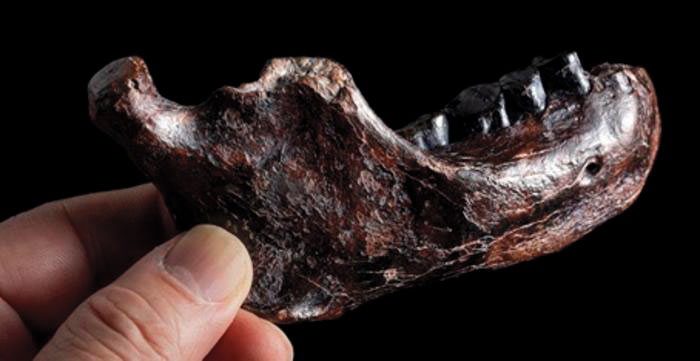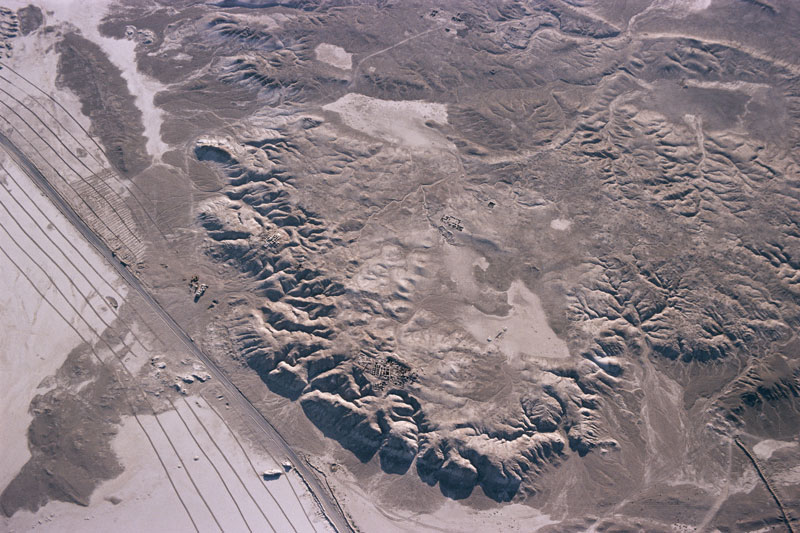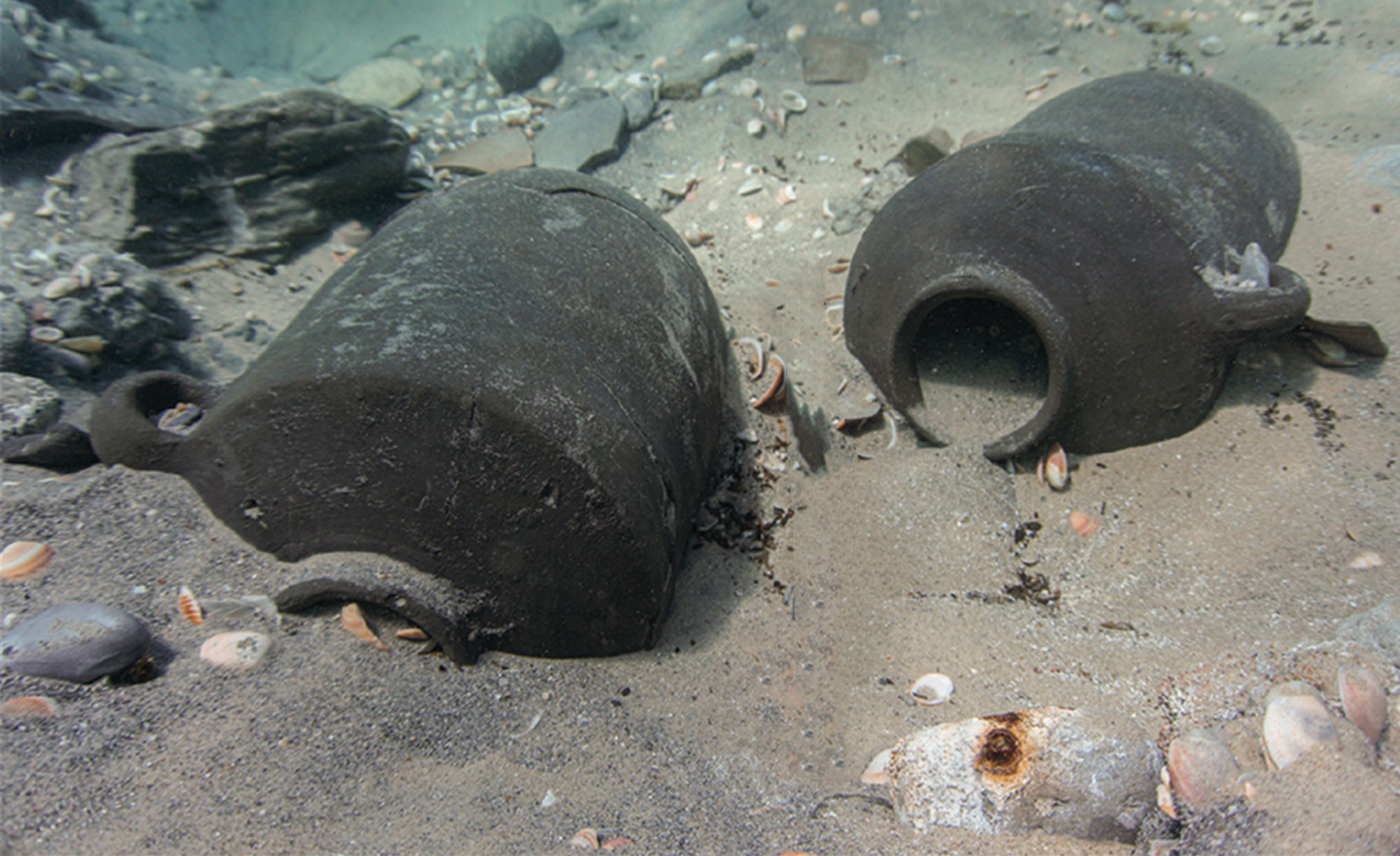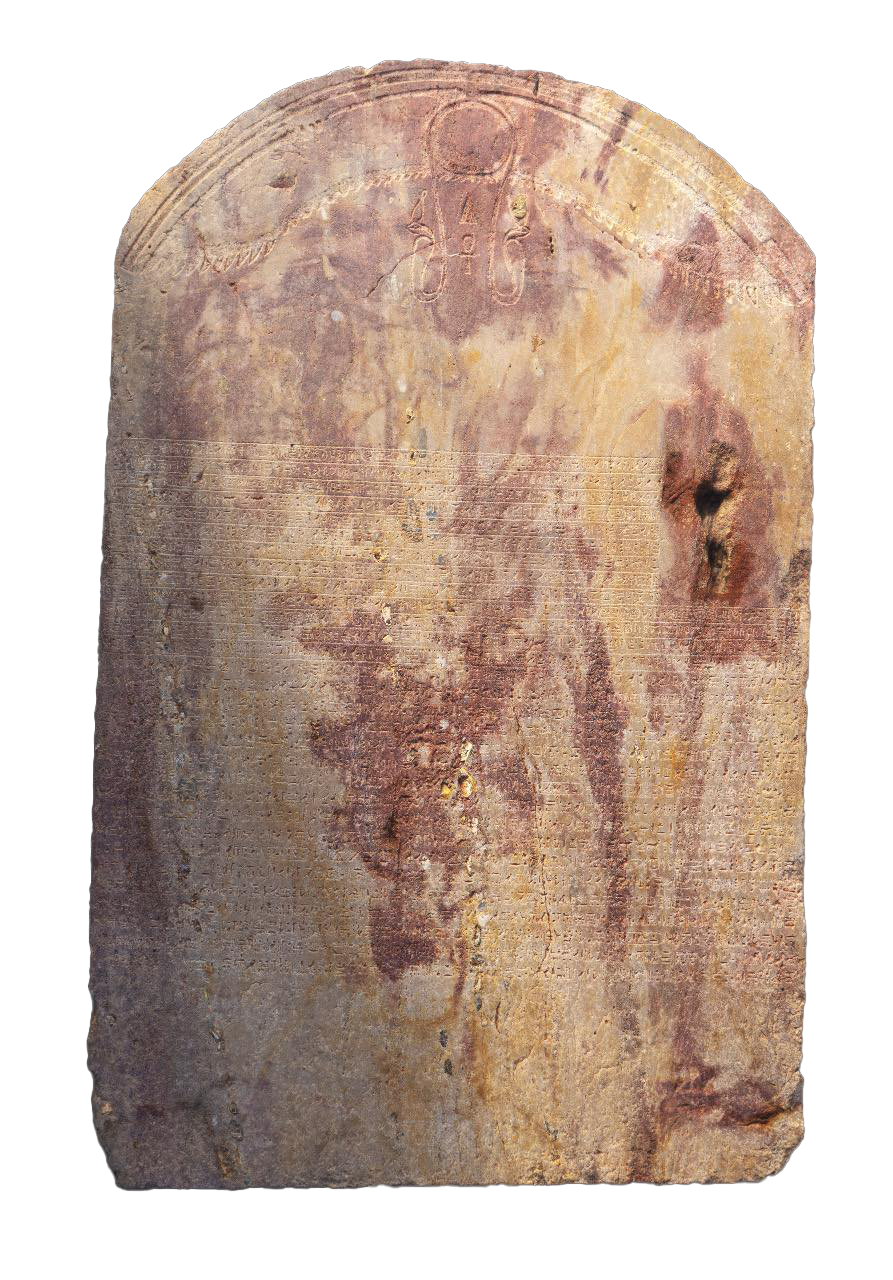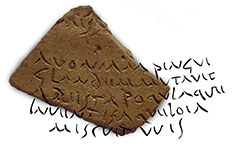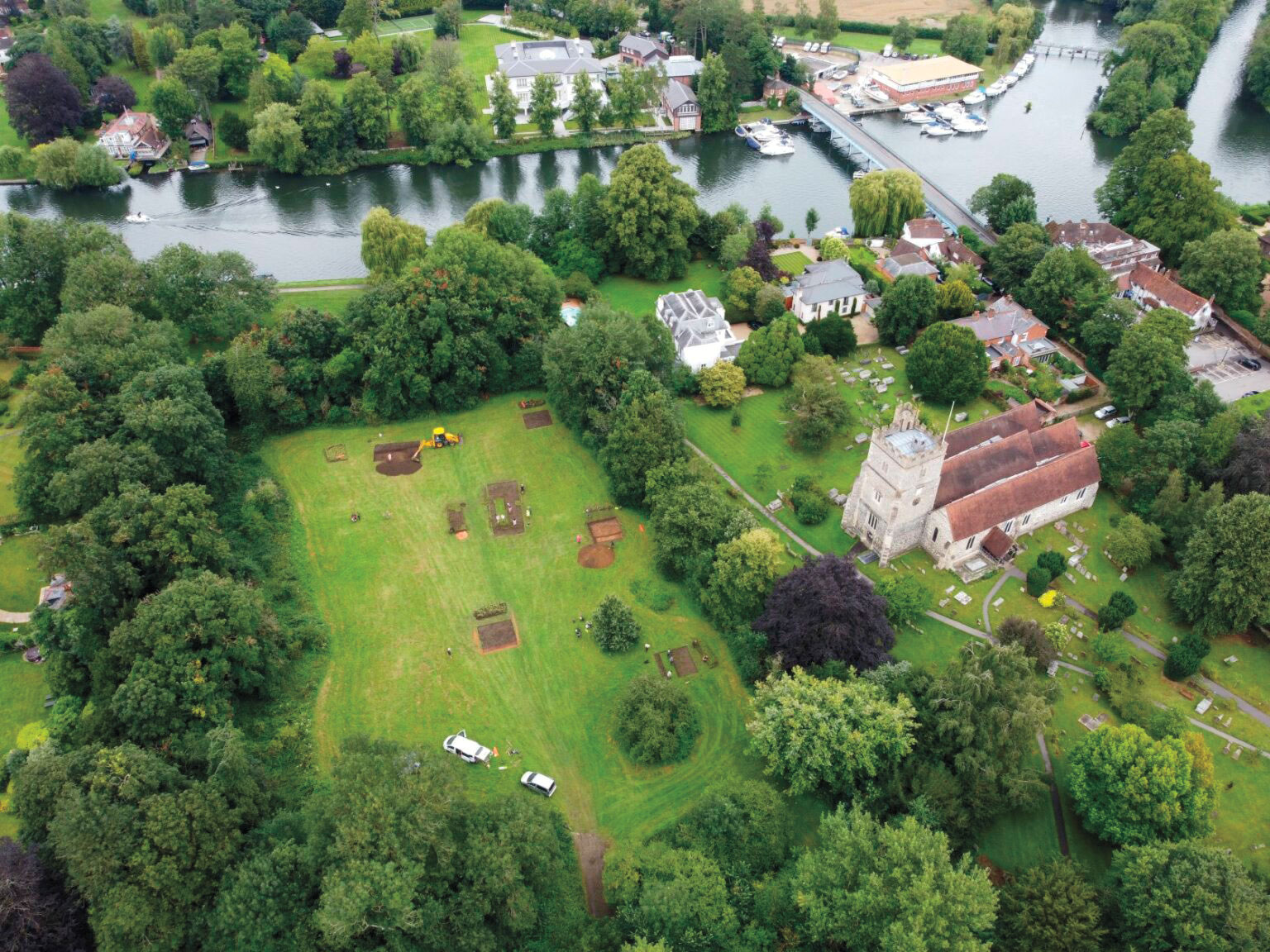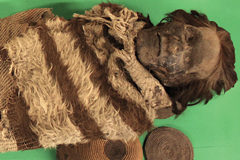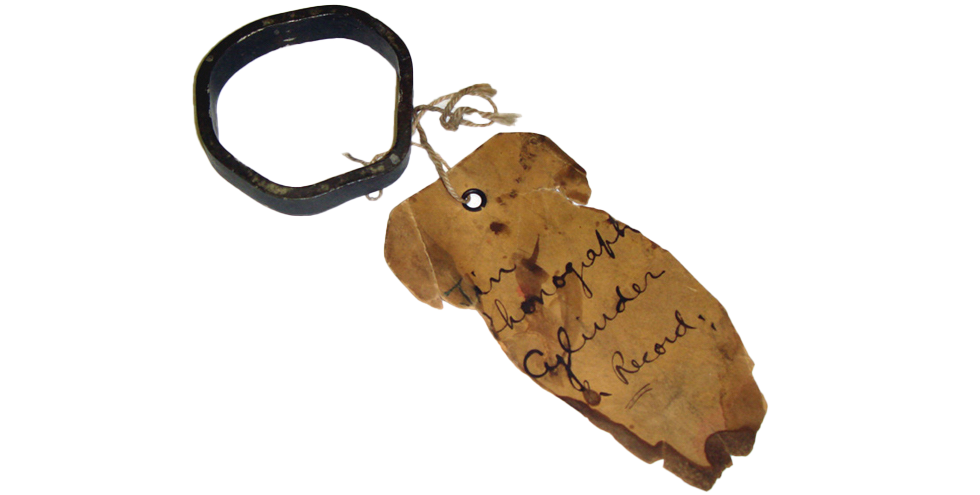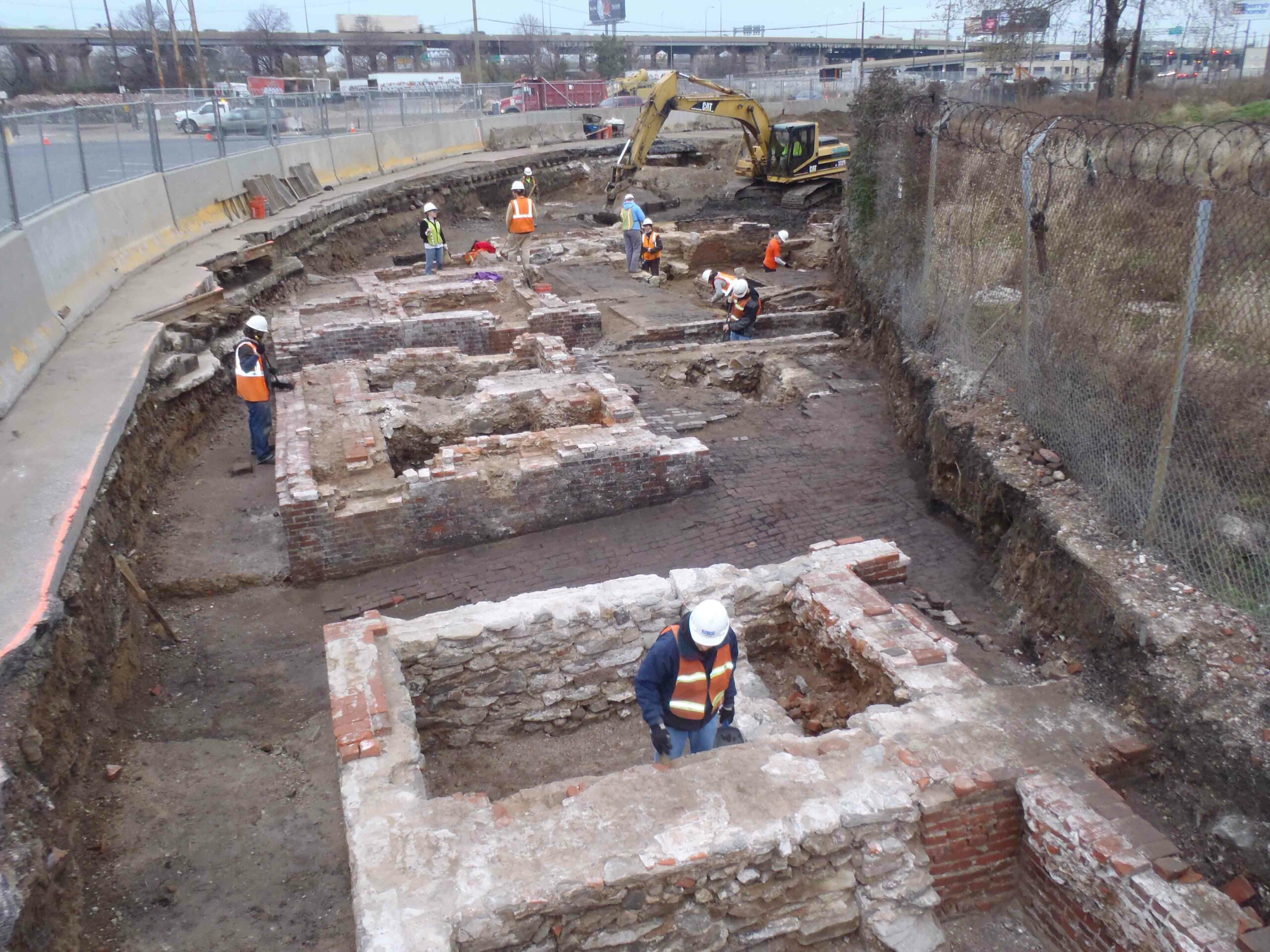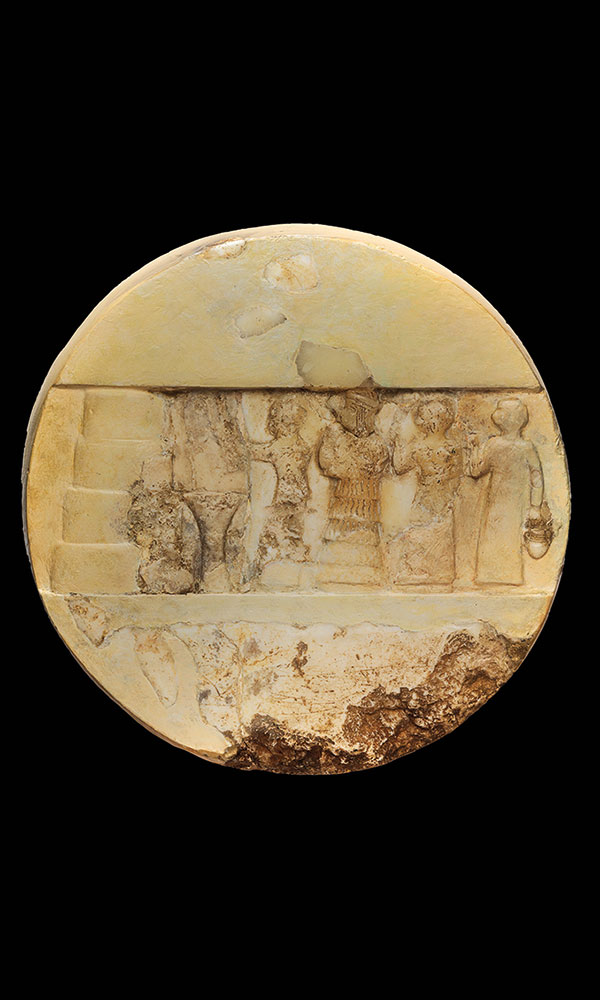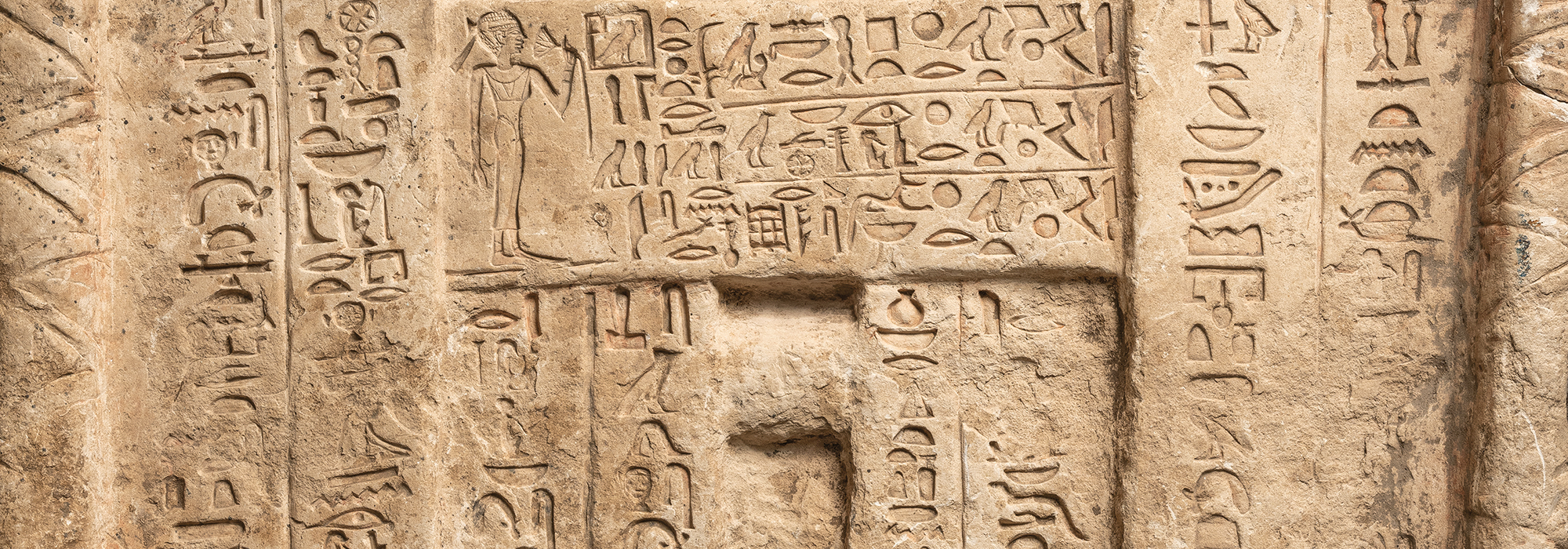
MARIANA ISLANDS

MARIANA ISLANDS: Cowrie shells discovered at 7 sites on Saipan and Tinian initially perplexed archaeologists, but are now believed to be the world’s oldest known octopus lures. Cowries are a favorite delicacy of the 8-armed cephalopods. The shells, which are 3,500 years old, were drilled with tiny holes and fastened to stone weights using fiber cords. When the deceptive devices were dropped into the water, they attracted octopuses, which could then be captured by Indigenous Chamorro fishers using hooks, spears, or nets.

TAIWAN

TAIWAN: Construction workers unearthed a 4,000-year-old prehistoric site in Kenting National Park at the southern tip of Taiwan. It contained 51 graves, 10 of which held slate coffins and coral funerary goods, along with great quantities of shark-tooth ornaments and fishhooks and adzes made from shell. Given the unusually large number of these objects, archaeologists believe the site must have been an important shell-tool manufacturing site, the oldest and largest of its kind ever found in the Asia-Pacific region.
Related Content
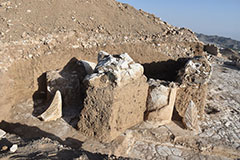
IRAN

IRAN: Evidence of one of the largest fire temples ever found was uncovered near the village of Bazeh Hur in the northern province of Razavi Khorasan. Fire temples were centers of worship for Zoroastrians and housed sacred fire altars before which religious rites and prayers were performed. Archaeologists found stucco fragments that once adorned the columns of the temple’s great hall. The structure likely dates to the prosperous era of the Sassanids, who ruled from A.D. 224 to 651.
Related Content

ISRAEL

ISRAEL: In response to a revolt against their rule, the Romans ruthlessly besieged Jerusalem and destroyed the city’s Second Temple in A.D. 70. Relying on topographical analysis, examination of hundreds of excavated Roman ballista stones, and computer modeling, researchers have, for the first time, reconstructed the Roman position of attack. It appears that the Roman army set up their siege machines in today’s Cats Square and focused their assault on a strategic section of city wall located in the present-day Russian Compound district.
Related Content

EGYPT

EGYPT: There has long been speculation about how the Great Pyramid’s 2.3 million stone blocks, each weighing two tons, were transported to the site. Pollen analysis from desert cores taken near the pyramid revealed that at the time of its construction 4,600 years ago, the area may have been covered with marshy plants commonly found along riverbanks. The finding implies that a defunct arm of the Nile River, which is now located 4 miles away, once flowed much closer. This could have greatly facilitated the delivery of building materials.
Related Content

SPAIN

SPAIN: One of the largest and oldest megalithic complexes in Europe was identified across 1,500 acres in southern Spain. The site of La Torre–La Janera, in Huelva Province, consists of more than 500 standing stones, called menhirs, that were erected as much as 7,000 years ago. Other megalithic structures in the complex include dolmens, cists, burial mounds, and stone enclosures. Over a period of 3,000 years, the complex was likely used for important ceremonial and religious activities, as well as for social gatherings.
Related Content
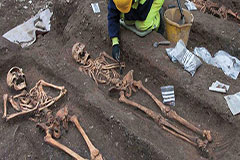
ENGLAND

ENGLAND: Some medieval monks were riddled with parasitic worms. Analysis of soil collected near pelvic remains in graves in Cambridge dating from the 12th to 15th century suggests that Franciscan friars were almost twice as likely to suffer from intestinal parasites as was the general population. This surprised researchers because the friary had superior hygienic facilities. It is believed that the Franciscans were exposed to and ingested worm eggs and larvae because they fertilized their gardens with human waste.
Related Content
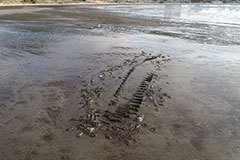
ARGENTINA

ARGENTINA: After several years of research, experts have determined that a 19th-century shipwreck off Patagonia is likely that of the New England whaler Dolphin. Dendrochronologists determined that some of the wreck’s surviving timbers were made from white oak trees felled in the northeastern United States in 1849. Dolphin initially set out from Warren, Rhode Island, in 1850, and sailed vast distances across the Atlantic and Indian Oceans in search of valuable whale oil. She was lost in 1859.
Related Content

LOUISIANA

LOUISIANA: Two 20-foot-tall earthen mounds located on the campus of Louisiana State University in Baton Rouge are among more than 800 such mounds built by Indigenous peoples in the state. Radiocarbon dating indicates that they are also the oldest built structures still standing in North America. The older mound, which was likely used for ceremonies, was constructed over millennia, beginning around 11,000 years ago. Both features seem to be aligned with Arcturus, one of the brightest stars visible from Earth.
Related Content

NEW JERSEY

NEW JERSEY: Archaeologists surveying land newly acquired by Red Bank Battlefield Park found hundreds of Revolutionary War–era artifacts, including a rare 1776 King George III gold guinea, as well as a mass grave containing 12 Hessian soldiers. In 1777, a contingent of the German mercenaries fighting for the British attacked Fort Mercer. Although vastly outnumbered, the revolutionaries repelled their assailants and won the day. The valuable gold coin was likely hidden in a boot or sewn into the clothing of one of the deceased.



